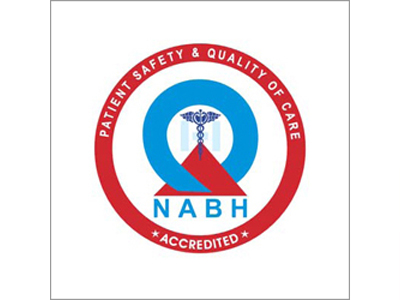A review paper by Shivaji et al from Prof. Brien Holden Eye Research Centre and the Srimati Kanuri Santhamma Centre for Vitreo Retinal Diseases, L. V. Prasad Eye Institute reviews extant literature on cultivable fungi of the human eye identified using conventional culture; enumerates the mycobiome using 'Next Generation Sequencing'; and highlights the dysbiosis in an infected eye.
Microbes including fungi are present everywhere, from the soil to the human gut, including the human eye. For the most part, these microbes are commensals, living off the tissue surface without disrupting health and inducing a protective response that keeps pathogens away. When disease strikes, this 'mycobiome'—the diversity of fungal species that live in a particular niche, like the eye—is altered. Mycobiomes play a role in systemic health and treatment strategies for fungal infections. However, that role is under-explored.
A new review by Sisinthy Shivaji and others in the journal Experimental Eye Research, documents the various known fungal genera on the ocular surface using conventional culture and Next Generation Sequencing (NGS). The review then notes the changes in the species that make up a mycobiome in healthy eyes vs diseased eyes. A previous paper by the same lead author identified 65 fungal genera on a healthy ocular surface in Indians, of which four genera formed a ‘core mycobiome’—they were characteristic of a healthy, Indian ocular surface. Another four formed a 'putative core mycobiome”, that is, they were found in over 80% of Indian subjects.
The paper makes a key differentiation between genera and species collected using the conventional culture method, and that enumerated by sequencing the internal transcribed spacer 2 (ITS2) region of fungal DNA. The ITS region in fungi is widely sequenced and plays a big role in their molecular ecology and fungal phylogeny. The NGS method is sensitive, and does not depend on growing a culture. It is also far more powerful; the authors note that “…DNA extracted from the conjunctival swabs of healthy eyes identified 3 phyla and 65 genera versus only one genus and two species by the conventional culture method.”
The review then compares the various mycobiomes identified using the cultivable approach with those identified with NGS in the diseased eye. In fungal keratitis, for example, the focus of a culture-based approach has been to identify, in isolation, fungi associated with ocular disease. Approaches that use NGS yield a greater diversity and can complement culture results. A previous report from LVPEI identified a dysbiosis in fungal genera between the corneal scrapings and conjunctival swabs in individuals with fungal keratitis. This was the first such report, and the review identifies many fungal infections where mycobiome studies have not been done yet. It identifies several gaps in knowledge including non-identification of ocular fungi species, mapping the mycobiomes across geographies, ethnicities and age-groups, interactions within the ocular mycobiome, and the possibility of the gut mycobiome influencing the ocular mycobiome.
'The combination of the conventional cultivable method and next generation sequencing clearly establishes that the eye has its own community of fungi. These fungi are not transient nor are they acquired from the environment including the skin,' says Dr Sisinthy Shivaji, Distinguished Scientist and Director Emeritus, Prof. Brien Holden Eye Research Centre, LVPEI.
If you want to receive more such articles in your inbox, do subscribe to the LVPEI Science PubList mailing list.
Citation
Shivaji S, Jayasudha R, Prashanthi GS, Arunasri K, Das T. Fungi of the human eye: Culture to mycobiome. Exp Eye Res. 2022 Apr;217:108968. doi: 10.1016/j.exer.2022.108968. Epub 2022 Feb 1. PMID: 35120870.


